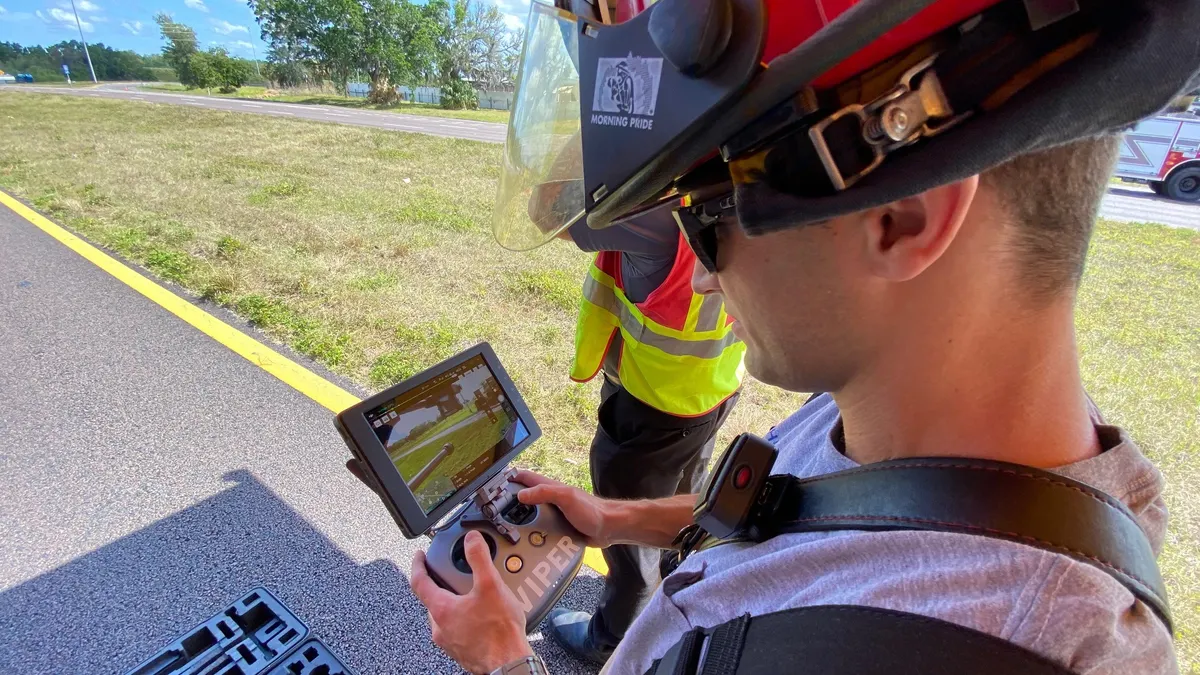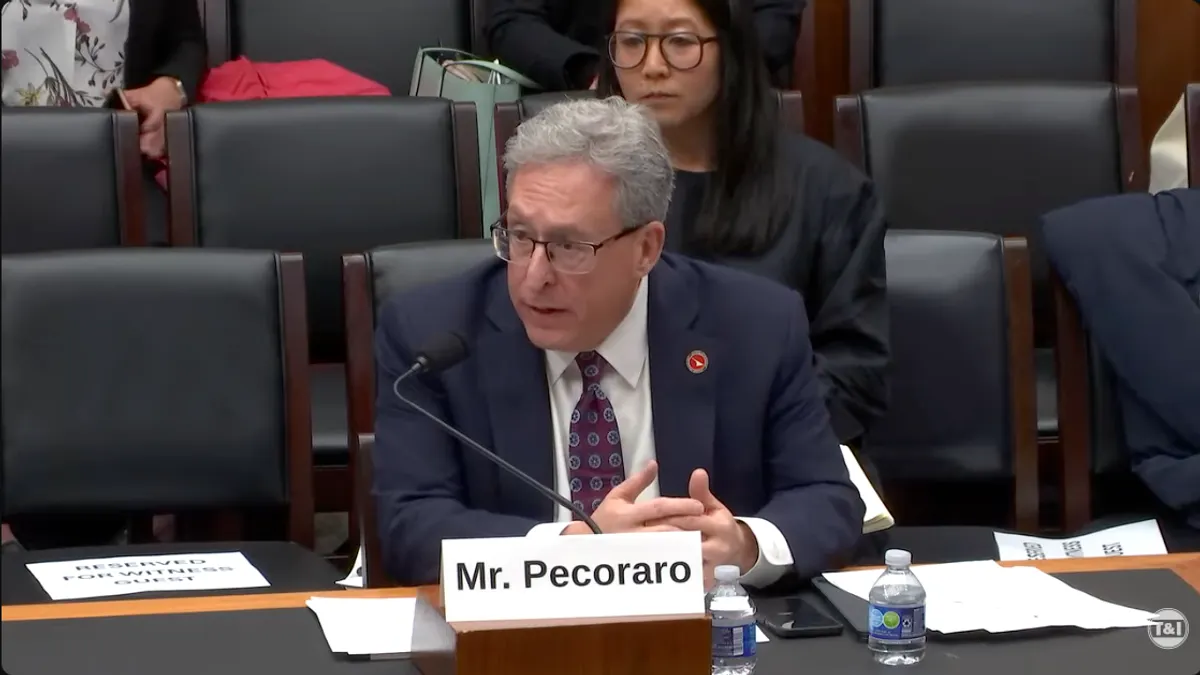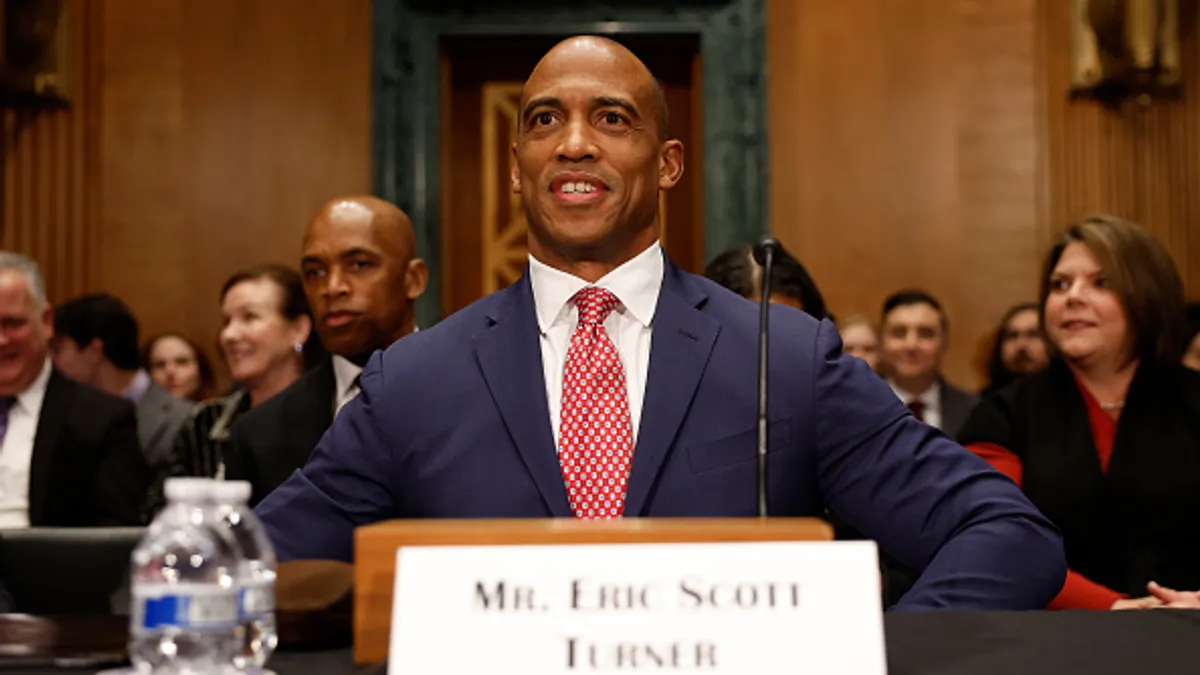Editor's note: This article was originally published in American City & County, which has merged with Smart Cities Dive to bring you expanded coverage of city innovation and local government. For the latest in smart city news, explore Smart Cities Dive or sign up for our newsletter.
Police departments are facing a shortage of officers. A mid-2024 International Association of Chiefs of Police (IACP) national survey found that responding departments, on average, are functioning at a nearly 10% staffing deficit. About two-thirds of departments (65%) say they have had to reduce or eliminate services or specialized units, such as detective bureaus, to maintain basic patrol levels.
Pamela Garber, a therapist in private practice at New York-based Grand Central Counseling Group, says law enforcement agencies may improve their recruiting efforts if they develop a clear, concise list of hiring standards.
First, she suggests agencies compile a criteria list of non-negotiables for police officers. This list includes physical, cognitive and emotional requirements, work history and educational background. Additionally, academy training can be repeated at ongoing intervals, like professional continuing education credits. Garber spells out what’s needed: “The list may be part current application of existing requirements as well as part new or enhanced requirements.” She adds that a board of former police commissioners and/or other law enforcement professionals could assist in developing the new or enhanced hiring standards.
She also suggests agencies eliminate the distraction of demographic quotas and allow conduct and merit to be the shared priority within the hiring standards.
Garber urges city-county officials to fully support their police personnel. She urges administrators to recognize the foundational resource of law enforcement officers. “It is essential that officers be supplied with the security of knowing that the government’s system, which may include the district attorney, judges and the governor, will all support their work.” She also urges legislators and other officials to continue to promote Stop and Frisk and other proven methods of securing public safety, while they reduce the levels of cumbersome paperwork that officers must file.
Garber suggests that city-county officials take the following steps if they wish to upgrade their communities' public safety efforts:
Create a nonpartisan advisory board with a clear agenda that covers public safety.
Provide information on the community’s current public safety status to the advisory board.
Use data mining and other tools to measure street violence and other criminal incidents.
Develop clear statistics and trend data; produce an ongoing analysis of empirical data that spotlights problem areas in public safety.
Present the public safety trend data at scheduled press conferences and meetings that the local media will attend.
Garber says taxpayers and the public could do more to prop up law enforcement programs and initiatives. She says they can work to elect pro-police public sector administrators. “Vote for government executives, judges and legislators who fully support police efforts.”
She says residents can support law enforcement in other ways. “The population could express in social media and in day-to-day life an appreciation for the scope and nature of work that police officers handle.” The media also have an impact, according to Garber: “Reporters, publications and TV/streaming news outlets could be more balanced in their coverage of law enforcement policies and officers.”
Other institutions and entities can adjust their dealings with law enforcement, Garber explains: “The culture within schools and businesses could commit to a concept in which inappropriate conduct is the identified cause of unwanted police interaction, rather than demonizing police as unlawful people with brute force towards targets based on race or other demographics.”
She says greater participation by law enforcement personnel could be the answer: “Police presence could be enhanced at small businesses and schools by employing more off-duty officers in these venues. Police personnel could be adjunct teachers within social studies classes in schools — primary through middle schools and in high school social science classes.”
Garber often receives client referrals from HR departments in the private- and public sector. She frequently works with clients and companies impacted by their struggles with random crime. She has developed the Never Walk Alone safety app that enables users to locate vetted walking companionship. The app is as easy to use as a ride-share app, according to developers, and enables users to be accompanied by another person rather than risk walking alone in danger areas. Additional app menu items enable users to find assistance with doctor appointments and errands. The setup can also be used to produce safety assessments on-premises.
OMNIA Partners, who sponsors this page, offers a robust portfolio of cooperative contracts in the public procurement space. The firm lists a number of cooperative contracts under the phrase “public safety.”

















